May 23, 2025
Author:Sam Wonder
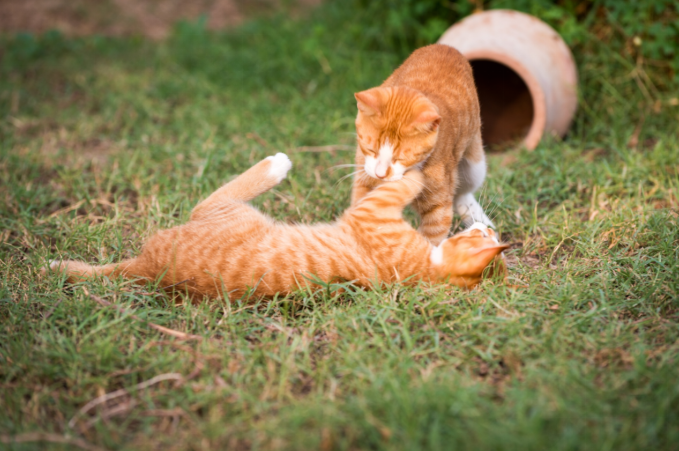
Looking into your cat’s litter box might not be fun, but it can tell you a lot about their health. Knowing how often should cats poop helps you notice any changes early. Most healthy adult cats poop once or twice a day, but things like their age, food, and stress can affect this.
In this article, we’ll explain what’s normal, what might cause changes, and when it’s time to call the vet. With this guide, you’ll feel more confident in keeping an eye on your cat’s bathroom habits and making sure they stay healthy.
Most grown cats poop once or twice a day. On average, they may go every 12 to 36 hours, and that is still within a healthy range. Each cat has its own rhythm, so don’t panic if your pet is on the slower or faster side. Some sound sleepers wait longer, and some burst out right after a meal. As long as the stool looks normal, you’re hitting the target.
Kittens have a faster pace. They might poop two to five times a day. Their small bodies burn energy quickly, and they nibble more often. As they grow and eat larger meals, they settle into adult habits. Still, if your kitten skips more than a day, it’s smart to watch and make sure no hairballs or infections slow them down.
Older cats can slow down and go less often, maybe once every 36 to 48 hours. A slower gut can mean firmer stools or even constipation if they don’t drink enough. Keep an eye on them, because if you see a shift—like skipping two days—that may point to an issue. Aging cats also face risks like arthritis or kidney disease, which can change litter box visits.

Healthy cat stool is dark brown or milk-chocolate in shade. If you see black, red, yellow, green, or white tones, take note. Black or tarry stools may mean bleeding in the stomach. Red streaks hint at bleeding lower in the gut. Yellow or green could mean rapid gut transit or bile issues. Pale or white stools often tie to liver or bile duct trouble. Always mention any odd color to your vet at the next checkup.
Ideal stool is firm, bendable, and log-shaped. It should leave little residue when you scoop. If it sticks and drips, the stool may be too soft. If it falls apart or looks like wet lawn clippings, that is also a red flag. Hard, dry pellets point to dehydration or low fiber. A slippery or watery mass shows diarrhea that can dehydrate cats fast, especially kittens and seniors.
Normal poop carries a mild smell. A foul or overwhelming odor can signal infection or parasites. You should not find mucus, large hairballs, worms, or chunks of undigested food. Worms or threads in stools need quick attention. If you spot slime, blood, or odd objects, call your vet.
The food you choose plays a big part in how often should cats poop. Wet food has more moisture, so it can soften stools and sometimes cut down on visits. Dry food has less water but can add bulk. High-fiber diets push the gut to move more, which raises frequency. Low-fiber meals slow things down. When you switch foods, do it over a week or two. A rapid shift can upset gut bacteria and cause diarrhea. If you want to learn more about choosing quality food, check this guide on selecting the best foods for healthy cats.
Water keeps lines clear and stools soft. A cat that sips little may develop constipation and go less often. To boost drinking, try a cat fountain. Many cats prefer running water over a bowl—read our cat water fountain care guide for tips. You can also add water or broth to wet food for extra moisture.
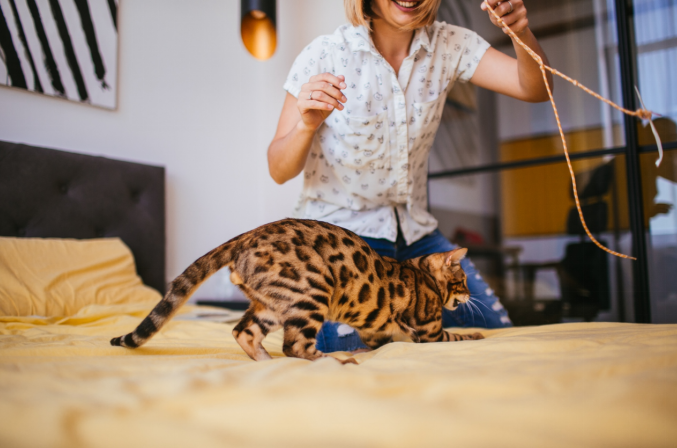
Active cats digest food faster and poop on a steady schedule. Sedentary cats slow down, and their gut takes longer to push waste. Regular play sessions not only keep your cat fit but help digestion. Use toys, climbing trees, and puzzle feeders to get them moving and stimulated.
From kitten bursts to adult routines to senior slowdowns, how often should cats poop ties closely to their life stage. Kittens sprint through their meals and go more. Adults balance out. Seniors may stall. Keep a journal of your cat’s normal pattern so you notice changes.
Cats hate change. A new home, loud noises, or a dirty box can disrupt poop schedules. Stress can speed things up or freeze them out. To ease stress, provide quiet, safe perches, and a tidy box. For multi-cat homes, use one box per cat plus one extra to avoid crowding.
Constipation means your cat poops less than once every 48–72 hours or has trouble when trying. You may see hard, dry pellets or the cat straining and freezing in the box. Causes range from dehydration and hairballs to megacolon or blockages. If your cat is stuck, call your vet. Early action can avoid an emergency.
Diarrhea is loose or watery poop more often than usual. It may come from food changes, allergies, parasites, infections, or inflammatory bowel disease. Diarrhea fast dehydrates, so watch kittens and seniors closely. You can read more about why cats get diarrhea and how to help.
Hyperthyroidism, kidney disease, and food-sensitive enteropathy also affect poop. They often come with weight loss, vomiting, or drinking more water. If you see multiple signs, your vet may run blood work, fecal tests, or imaging. Early care can manage these chronic issues and keep your cat’s gut on track.
If your cat does not poop for over 48 hours, struggles in the box, or has poops with blood or mucus, reach out. Other red flags include vomiting, loss of appetite, or sudden weight loss. Keep an eye on litter box behavior, as cats hide illness well.
Black, tar-like stools or bright red blood demand an immediate call. Persistent diarrhea that lasts more than a day risks severe dehydration. Kittens that skip pooping within 48 hours are at risk too. If your cat seems in pain, yowls, or refuses to use the box, call your vet right away.
Your vet may ask about diet, changes at home, or recent stress. They often test stool for parasites and run blood panels. Some cases need X-rays or ultrasound to check for blockages. Treatment could involve diet shifts, fiber or stool softener supplements, medication, or an enema.
Pick high-quality, digestible foods with balanced fiber. You can mix wet and dry food to boost moisture. For mild constipation, your vet may recommend pumpkin or a fiber add-on. Always shift diet slowly, over 5–7 days, to avoid gut upset. Learn more about fresh vs. processed cat food.
Offer fresh water daily and consider a pet fountain if your cat is reluctant. You can also feed wet food or mix broth into meals to help. Track intake—and if numbers dip, try flavored water drops or ice cubes with tuna juice.
Playtime helps move the gut. Aim for two 10-minute sessions a day with toys your cat chases. Climbing trees and puzzle feeders also boost activity. An active gut poops on a more regular schedule, answering the question how often should cats poop naturally.
Clean boxes every day and place them in quiet spots. Use clumping litter that makes checks quick. In homes with multiple cats, add one box per cat plus one. If your cat avoids the box, try a different litter type or location. For tips on managing litter scattering, see how to keep litter off the floor.
Your cat’s poop is a health report card. Changes in color, shape, or timing can signal trouble. A daily glance in the box helps you catch issues early. If your cat is indoors, set a habit to check twice a day—morning and evening.
Clumping litter makes it easy to spot odd shapes or colors. You can also set up a pet camera to watch box visits. Some owners keep a simple log of dates, times, and stool notes to share with their vet. For gadgets, explore why pet cameras are a must-have for worried parents.
Most adult cats follow a clear pattern: one to two trips to the box daily. Kittens may go up to five times, and seniors may slow to every two days. By learning how often should cats poop, you set a baseline for your cat’s health. Watch for shifts in frequency, color, and consistency—these clues help you act fast. Keep your cat on top by feeding quality food, offering fresh water, encouraging play, and keeping the litter box spotless. If you ever see warning signs like no poop for 48 hours, blood, or severe diarrhea, contact your vet. We’d love to hear about your experiences—share questions or tips in the comments and help grow our community of informed cat lovers!
Label:
Popular Post

What to Feed a Sick Dog With No Appetite? [2025 Guide]
May 16, 2023
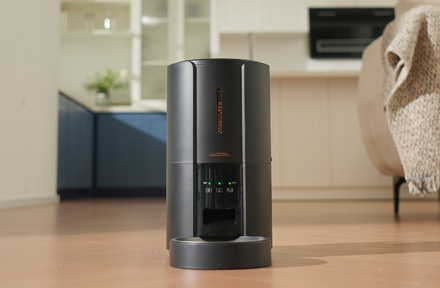
Troubleshooting Common Issues with Automatic Pet Feeders: Tips & Tricks for Pet Owners
Oct 26, 2023
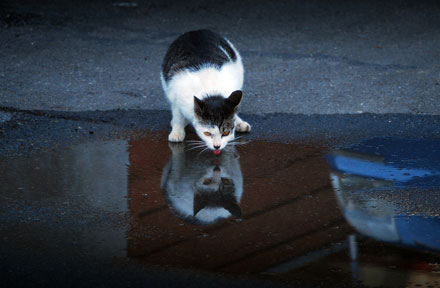
Why Does My Cat Cough After Drinking Water? 8 Potential Reasons
Mar 13, 2023
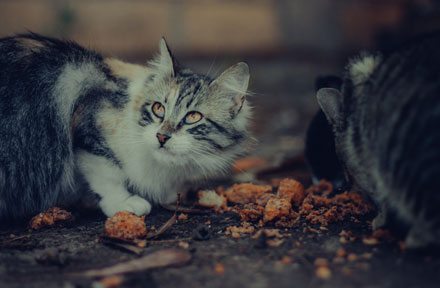
My Cat Only Eats A Little at A Time - What to Do?
Feb 27, 2023
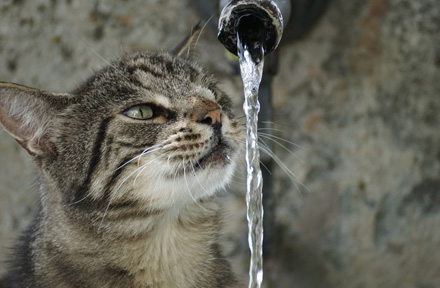
Why is My Cat Throwing up Water? Top 5 Causes Here
Feb 08, 2023
$99.99
$129.99
Copyright © 2025 WOPET. All Rights Reserved.